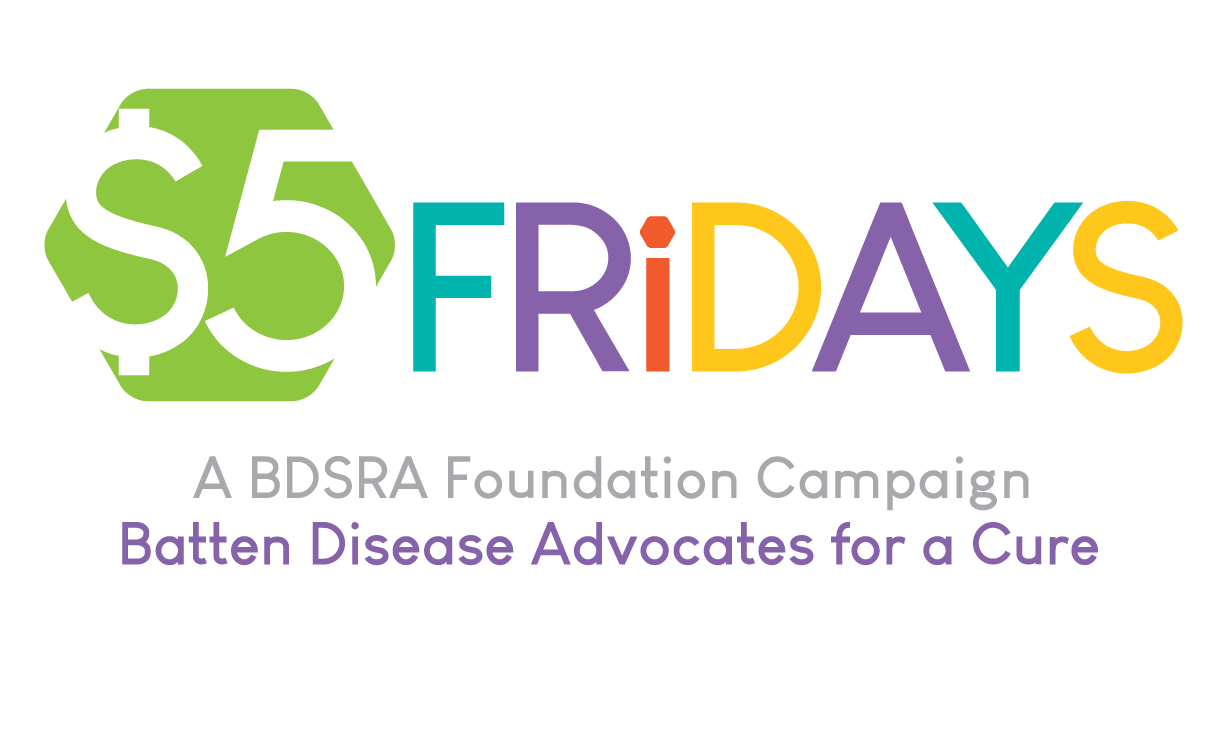Presentations and posters shared by Batten researchers included:
Presentations
- Alejandra J. Rozenberg: University of North Carolina at Chapel Hill, North Carolina, U.S.A.
- Early intrathecal gene therapy extends lifespan and improves quality of life in a mouse model for infantile neuronal ceroid lipofuscinosis.
- Angela Schulz: University Medical Center Hamburg-Eppendorf, Hamburg, Germany
- Long-term safety and efficacy of intracerebroventricular enzyme replacement therapy with cerliponase alfa in children with CLN2 disease: interim results from an ongoing multicenter, multinational extension study
Posters
- Rebecca Ahrens‐Nicklas, The Children’s Hospital of Philadelphia
- Small molecule therapies for juvenile neuronal ceroid lipofuscinosis
- Jonathan Cooper, Harbor-UCLA Medical Center
- The glial contribution to pathogenesis differs between forms of Batten Disease: implications for therapy
- Thomas Kukar, Emory University School of Medicine
- Lysosomal production of granulins: implications for the pathogenesis of neuronal ceroid lipofuscinosis and frontotemporal dementia
- Alejandra Rozenberg, University of North Carolina at Chapel Hill
- Early intrathecal gene therapy extends lifespan and improves quality of life in a mouse model for infantile neuronal ceroid lipofuscinosis
- Kaye Spratt, Abeona Therapeutics, Inc.
- Comparison of systemic routes of administration for CLN3 delivery via scAAV9
- Erika Augustine, University of Rochester
- Short‐term administration of mycophenolate mofetil is well‐tolerated in juvenile neuronal ceroid lipofuscinosis (CLN3) disease
- Glyn Dawson, The University of Chicago
- Quantum dot delivery of enzyme for Batten disease therapy
- Kaoru Eto, Tokyo Women’s University
- Neuronal ceroid lipofuscinosis (NCL) type 1 associated with type 2 diabetes
Batten disease was also featured during a Satellite Symposium lunch supported by BioMarin Pharmaceutical Inc. during which people not in attendance in San Diego could be part of the session.
- Shifting Diagnosis Earlier in a Time-Critical Disease: The Important Role of Genetics in Finding CLN2
Margie Frazier, Noreen Murphy and Christina Clark were in attendance from the BDSRA, spending much of our time speaking with attendees about Batten disease and the family experience. Feedback was very positive and we were grateful to have meaningful conversations with the research community and industry leaders.


